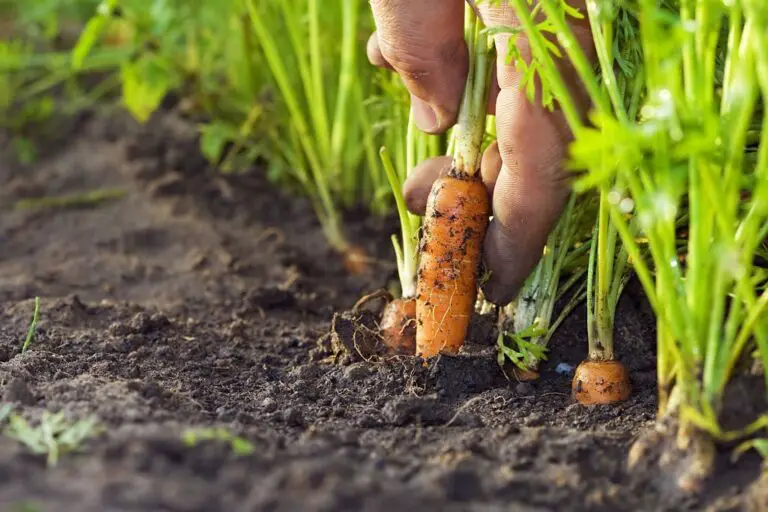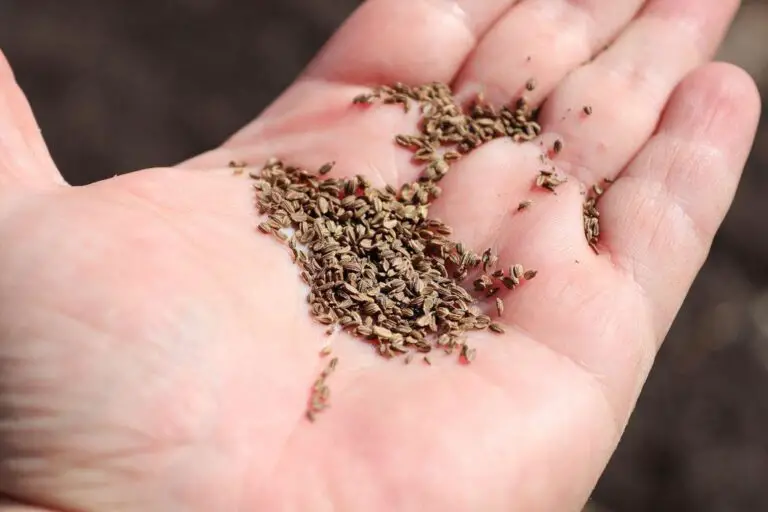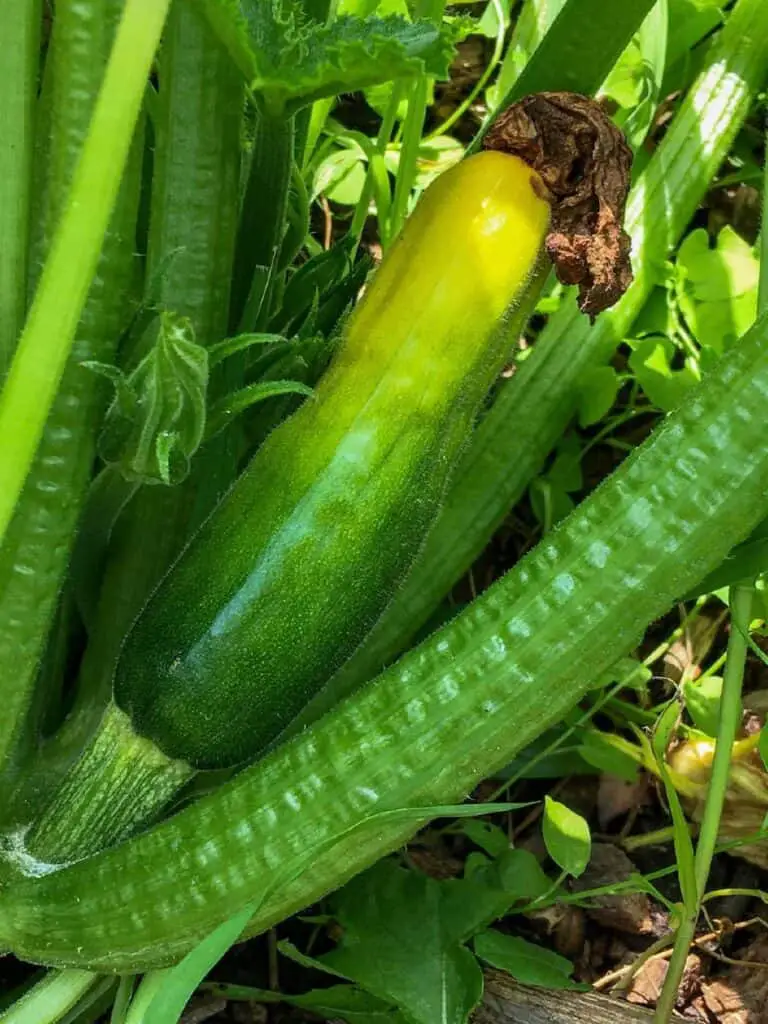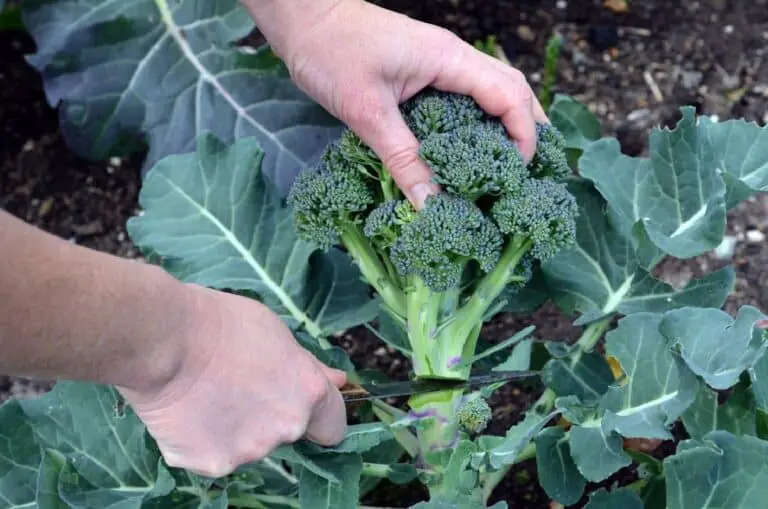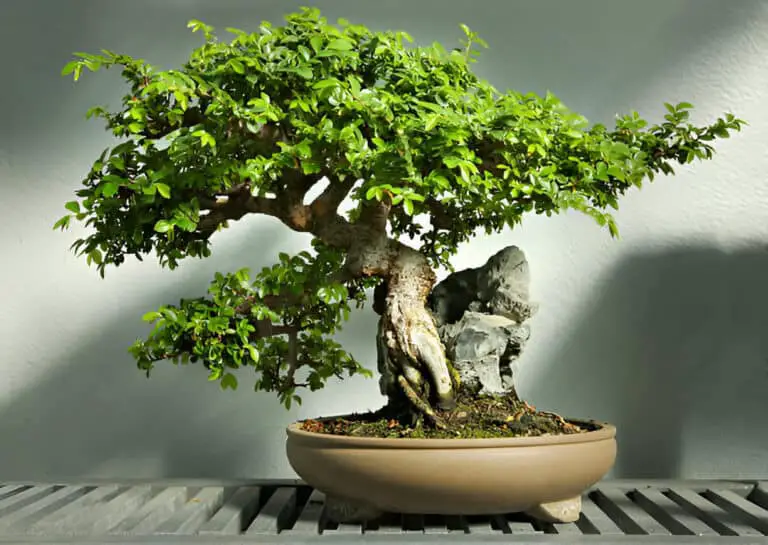What is the Best Material for Plant Stake Support? (Bamboo, Wooden, Plastic, Metal)

Are you tired of constantly replacing cheap, flimsy plant stakes that can’t withstand the elements? Are you wondering what the best material is for this specific job?
Look no further! In this post, we’ll be diving into the top materials for plant stake support, including bamboo, wooden, plastic, and metal options.
We’ll compare their durability, cost-effectiveness, and overall effectiveness in supporting your plants. So, whether you’re a seasoned gardener or just starting out, this post is a must-read before making your next stake purchase.
What Is Plant Stake Support?
Plant stake support is a method of providing structural support for plants as they grow. This can include using stakes, cages, or trellises to keep the plant upright, encourage taller growth, and improve the overall yield. This can be especially important for plants that are prone to falling over or that have heavy fruit, such as tomatoes.
There are several different types of materials that can be used for plant stake support, including bamboo, wooden, plastic, and metal. Each material has its own set of advantages and disadvantages, and the best choice will depend on the specific needs and preferences of the gardener.
Why Do Plants Need Stake Support?

Staking your plants is a must if you want them to thrive. Not only does it keep them healthy, but it also helps promote their growth. It’s like giving them a helping hand to stand up straight and not fall over, especially for tall or heavy plants.
Supporting plants with stakes is an important part of gardening, especially for plants that need extra help to grow and do well. These plants include tall and climbing plants like peas, blackberries, cucumbers, pole beans, and tomatoes. These plants are prone to falling over or being weighed down by the weight of their fruit or flowers. Putting these plants on stakes gives them the strength and support they need to keep growing up.
- For starters, staking is crucial for their structural stability. As plants grow taller and heavier, their stems can’t always hold the weight of the fruit, which can cause them to lean or even fall over. But staking them keeps them standing straight and keeps the stems from getting damaged, so you don’t end up with less fruit.
- Secondly, staking helps improve air circulation. When the plants are staked, the leaves and branches are lifted off the ground, allowing for better airflow. This can keep the leaves dry and prevent moisture buildup, which can lead to fungal diseases.
- Thirdly, staking increases fruit production. When the stem is supported, the plant can focus on producing fruit instead of supporting its own weight. Plus, staking allows for better control of the plant’s size, making it easier to harvest and manage.
- Lastly, staking makes the gardening process a breeze. It’s easier to manage the plants, and the fruits are more accessible for harvesting. This improves overall efficiency in gardening, and you’ll get more bang for your buck.
All in all, staking is a no-brainer. It’s essential for the plants to receive the support they need to grow and produce a healthy crop. If you don’t stake your plants, you may get fewer crops and have a higher chance of getting sick.
It will also be harder to garden. But with staking, you’re giving your plants the stability, airflow, and boost they need for a bountiful harvest.
Different Types of Materials Used for Plant Stake Support
It’s important to remember that when choosing the best material for plant stakes, you should think about things like the size and type of your plants, the location and climate of your garden, your budget, and your personal preferences.
Bamboo, wooden, plastic, and metal each have unique properties that can make them more suitable for certain plants, gardening conditions, and budgets.
- Bamboo stakes are a great option for gardeners who are looking for a renewable and biodegradable material. They are also lightweight, making them easy to move around the garden. However, they can break easily and may not be widely available in some areas.
- Wooden stakes, on the other hand, are a more traditional choice that are easy to find and last a long time. They can be used to support a wide variety of plants, but they can rot over time if left in contact with soil and water.
- Plastic stakes are an affordable option, but they are not very durable and are not biodegradable. They are lightweight and easy to work with, but they may not be as strong as other materials.
- Metal stakes are a very durable and strong option, but they can rust over time if not painted or protected from the elements. They are heavy and may not be ideal for all types of plants.
Bamboo Stake Plant Support
Bamboo stakes are often used to support plants because they can grow back and break down naturally. Bamboo is a fast-growing grass that can be harvested in as little as 3–5 years, making it a sustainable option for gardeners who are looking to reduce their environmental impact.
Bamboo stakes are also biodegradable, which means that they will break down naturally in the environment, unlike plastic or metal stakes.
One of the main advantages of using bamboo stakes for plant support is that they are lightweight and easy to move around the garden. They are also flexible, which means that they can bend with the wind, reducing the risk of breaking. They are also easy to work with and can be cut to the desired length to support different types of plants.
However, bamboo stakes do have some disadvantages. They can break easily if not handled with care, and they may not be widely available in some areas. Bamboo is also not as strong as other materials like wood or metal, so it may not be the best choice for larger or heavier plants.
Wooden Stake Plant Support
Wooden stakes have been used for a long time to support plants and are easy to find in most gardening stores. They are made from various types of wood, such as pine, cedar, or hardwood. Wooden stakes are strong and can stand up to the weather, so they are a good choice for holding up plants in a wide range of conditions. They are a cost-effective choice because they are also reasonably priced.
One of the main advantages of using wooden stakes for plant support is that they are strong and can support a wide variety of plants, including larger or heavier ones. They also have a natural look that can complement the appearance of a garden. Wooden stakes can also be painted or treated to match the color of the plant or the garden around them.
However, wooden stakes do have some disadvantages. They can rot over time if left in contact with soil and water, which can weaken the support they provide to the plant. They are also heavy, which can make them difficult to move around the garden. Wooden stakes are also relatively expensive as compared to plastic stakes.
Plastic Stake Plant Support
Plastic stakes are a cheap way to support plants, and you can find them in most gardening stores. They are made from a variety of plastic materials, such as polypropylene or PVC. They are lightweight and easy to work with, making them a great choice for gardeners who are looking for a simple and convenient option.
One of the main advantages of using plastic stakes for plant support is that they are lightweight and easy to move around the garden. They are also inexpensive, making them a budget-friendly option. They can be easily cut to the desired length and shape and can be used to support a wide variety of plants.
However, plastic stakes do have some disadvantages. They are not very durable and can break easily, especially under heavy loads. They are also not biodegradable, which means that they can contribute to plastic waste in the environment.
Metal Stake Plant Support
Metal stakes are a strong option for supporting plant stakes, and most gardening stores carry them. They are made from a variety of metals, such as steel or aluminum. They are strong and can withstand heavy loads, making them a great choice for supporting larger or heavier plants.
One of the main advantages of using metal stakes for plant support is that they are strong and can support a wide variety of plants, including larger or heavier ones. They are also strong and can stand up to the weather, which makes them a great choice for holding up plants in a wide range of conditions. They also tend to last longer compared to other types of stakes.
However, metal stakes do have some disadvantages. They can rust over time if left in contact with water and soil, which can weaken the support they provide to the plant. They are also heavy, which can make them difficult to move around the garden. They are also relatively expensive and not biodegradable.
What is the Best Material for Plant Stake Support?
When it comes to plant stake support, there are a variety of materials to choose from. However, the best material for plant stake support is galvanized steel.
Galvanized steel stakes are considered the best option in terms of quality and durability. They are available in various sizes, making it easy to choose the right size for your plants.
Galvanized steel is often used by professionals and experts in gardening because it is very durable and doesn’t rust. It does not rust or corrode easily, and stays protected from UV rays, making it the perfect option for outdoor use.
As already mentioned above, other materials such as wood or wood composite, plastic, metal rebar, and bamboo can also be used for plant stake support, but they are not as durable as galvanized steel.
Wood stakes may rot or break over time; plastic stakes may crack or bend, and bamboo stakes may become infested with pests. Metal rebar is also an option, but it can rust over time, making it less durable and less appealing.
Conclusion
In conclusion, the best material for plant stake support depends on what your plants need and what you like as a gardener. Bamboo stakes are a natural, lightweight, and inexpensive option. Wooden stakes are strong, durable, and natural-looking. Plastic stakes are lightweight, affordable, and easy to work with. Metal stakes are strong and durable, but heavy and not biodegradable.
When it comes to plant stake support, galvanized steel is the best material for the job. It is weather-resistant, does not rust or corrode easily, and stays protected from UV rays. While other materials such as wood, plastic, metal rebar, and bamboo can also be used, galvanized steel is the most durable option. When staking up indoor plants, it is important to do it carefully to avoid damaging the plant’s stem.

